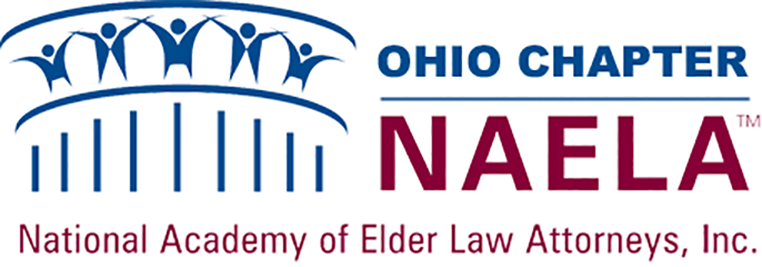The Springfield (Ohio) News-Sun —
Ohio’s $700 million child care system for low-income families will see multiple changes this year, as families at slightly higher income levels will be eligible, but some of the quality requirements in the state system are being removed.
The Step Up to Quality system has been in place for years to ensure that child care providers gradually improve and meet minimum benchmarks (one star by 2020, three stars by 2025) in order to receive partial reimbursement from the state for serving low-income families.
Budget debate
Child-advocacy agencies quickly responded with data showing that has not been the case, and emphasized that families need high-quality child care to stay in the workforce, a key for Ohio’s economy.
After a late adjustment, the final budget says child care providers still need to reach one star in the five-star system to get reimbursement, but the upcoming three-star requirement was removed.
Asked about the compromise last week, Gov. Mike DeWine said Ohio still has a goal of high-quality child care for all, and suggested that the budget provisions “keep our eye on the ball.”
“What we need to continue to do … is constantly evaluate what measurements do in fact truly measure quality,” DeWine said.
Robyn Lightcap, executive director of the local Preschool Promise organization, said she appreciates DeWine’s leadership on early childhood education, but argued the state has to hold providers to a higher standard.
The biggest differences between a one-star and three-star program in Ohio’s system are the education level of the teachers (degrees or credentials in early childhood education), and the use of proven educational curriculum.
“At one star, you need to have explored curriculum, at two stars you need to have purchased it, and at three stars, you have to use it,” Lightcap said. “We should be implementing quality curriculum with teachers who understand early childhood development. It’s not really until three stars that it’s a requirement.”
Debbie Feldman, CEO of Dayton Children’s Hospital and a Preschool Promise board member, said the state budget change makes local coaching and training programs more important.
“It’s disappointing but makes us need to focus even more on quality as we work with our centers,” Feldman said.
Funding, future plan
Lightcap said the positive side is that the legislature retained a tiered reimbursement system, where child care providers get more state money the more stars they’ve earned.
“That is critical because you get what you pay for,” Lightcap said. “It costs more money to provide high-quality education. (Providers) need those higher reimbursement rates.”
The budget also creates a study committee on publicly funded child care, with recommendations due at the end of 2021.
“It’s kind of time to look at the program and see what the requirements should be,” Huffman told Gongwer News Service.
Eligibility change
Currently, Ohio families meet initial eligibility for subsidized child care if their income is 130% of the federal poverty level or less — $22,646 for a single parent with one child, or $34,450 for a family of four.
The state budget increases the bar to 142% of the poverty level — $24,736 for a single parent with one child, or $37,630 for a family of four. For families of special needs children, the bar is 150% of poverty.
Lightcap said the change will affect a relatively small number of families, but still helps.
“We’re certainly grateful for them moving in the direction to help more people afford high-quality child care. Hopefully that will continue,” she said.
Continue reading at the Springfield News-Sun.

